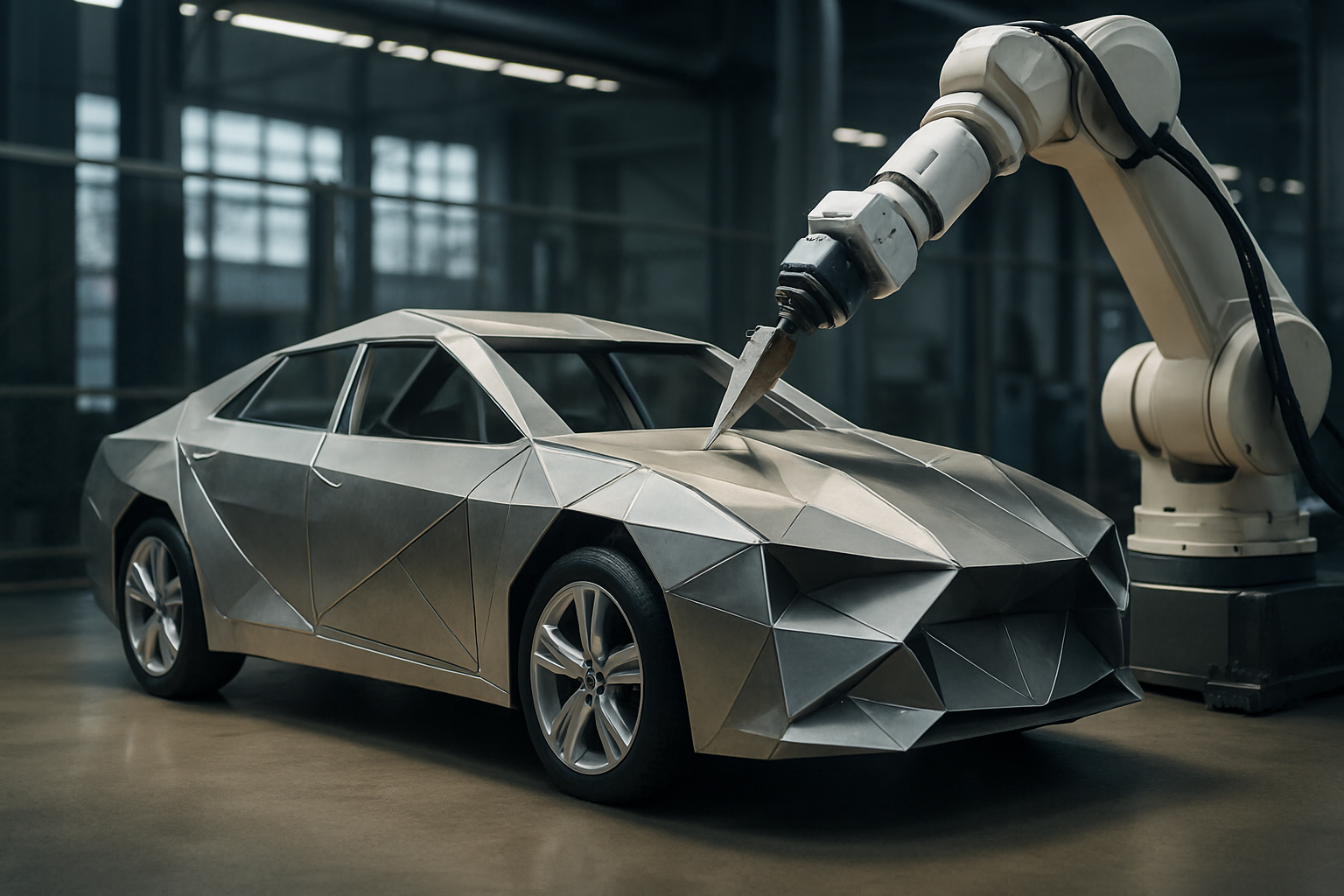The Hidden Artistry of Automotive Paint
Beneath the gleaming surface of every car lies a world of innovation and craftsmanship often overlooked by the casual observer. Automotive paint, far from being a mere cosmetic afterthought, represents a complex fusion of chemistry, engineering, and artistry. This article delves into the fascinating realm of automotive finishes, exploring the cutting-edge technologies and time-honored techniques that bring color and character to our vehicles.

Chromatic Alchemy: Creating Custom Colors
The process of developing new automotive colors is akin to alchemy, requiring both scientific precision and artistic intuition. Color specialists, often referred to as chromatic architects, work tirelessly to create hues that will capture the public’s imagination. These experts consider factors such as current fashion trends, cultural influences, and even the psychological impact of different shades. The creation of a single new color can take years of research and refinement before it’s deemed ready for production.
Application Techniques: Where Art Meets Engineering
The application of automotive paint is a delicate dance between human skill and robotic precision. In modern factories, paint is typically applied in a highly controlled environment using electrostatic spray guns. These devices charge the paint particles, causing them to be attracted to the grounded vehicle body, ensuring an even coat with minimal overspray. However, for custom work and restorations, skilled painters still rely on traditional hand-spraying techniques, demonstrating that the human touch remains irreplaceable in certain aspects of automotive finishing.
Beyond Solid Colors: Special Effects and Finishes
The world of automotive paint has expanded far beyond simple solid colors. Pearl and metallic finishes, which incorporate tiny reflective particles, create depth and dimension that shift with changing light conditions. More exotic options include color-changing paints that use special pigments to alter their appearance based on viewing angle, and thermochromic finishes that change color with temperature fluctuations. These innovative coatings blur the line between paint and interactive art, transforming vehicles into dynamic canvases.
Environmental Considerations and Future Innovations
As the automotive industry grapples with environmental concerns, paint manufacturers are developing more eco-friendly solutions. Water-based paints, which significantly reduce volatile organic compound (VOC) emissions, are becoming increasingly common. Some companies are even experimenting with bio-based paints derived from renewable resources. Looking to the future, researchers are exploring self-healing paints that can repair minor scratches and chips autonomously, potentially revolutionizing vehicle maintenance and preserving aesthetic appeal for years to come.
The Unseen Impact on Vehicle Design
Automotive paint plays a crucial role in vehicle design that extends far beyond aesthetics. The choice of color and finish can dramatically affect a car’s perceived size, shape, and character. Designers carefully consider how different paints interact with body lines and contours, using color to accentuate or downplay specific features. Moreover, certain paint technologies can contribute to a vehicle’s efficiency by reflecting heat, potentially reducing the energy required for climate control.
Preserving Perfection: The Art of Paint Protection
With modern automotive paints representing a significant investment, protecting these finishes has become an industry unto itself. Ceramic coatings, once the domain of high-end exotic cars, are now widely available to consumers. These nano-ceramic particles bond with the paint at a molecular level, creating an incredibly durable protective layer that repels water, resists scratches, and maintains shine for years. For the truly dedicated, paint protection films offer an almost invisible shield against road debris and environmental hazards.
In conclusion, automotive paint represents a fascinating intersection of science, art, and engineering. Far more than just a pretty face, it embodies decades of innovation and continues to evolve with new technologies and environmental considerations. The next time you admire a car’s lustrous finish, remember the hidden world of expertise and creativity that lies just beneath the surface. As we look to the future, the realm of automotive paint promises to remain a vibrant and dynamic field, continuously pushing the boundaries of what’s possible in vehicle aesthetics and protection.





